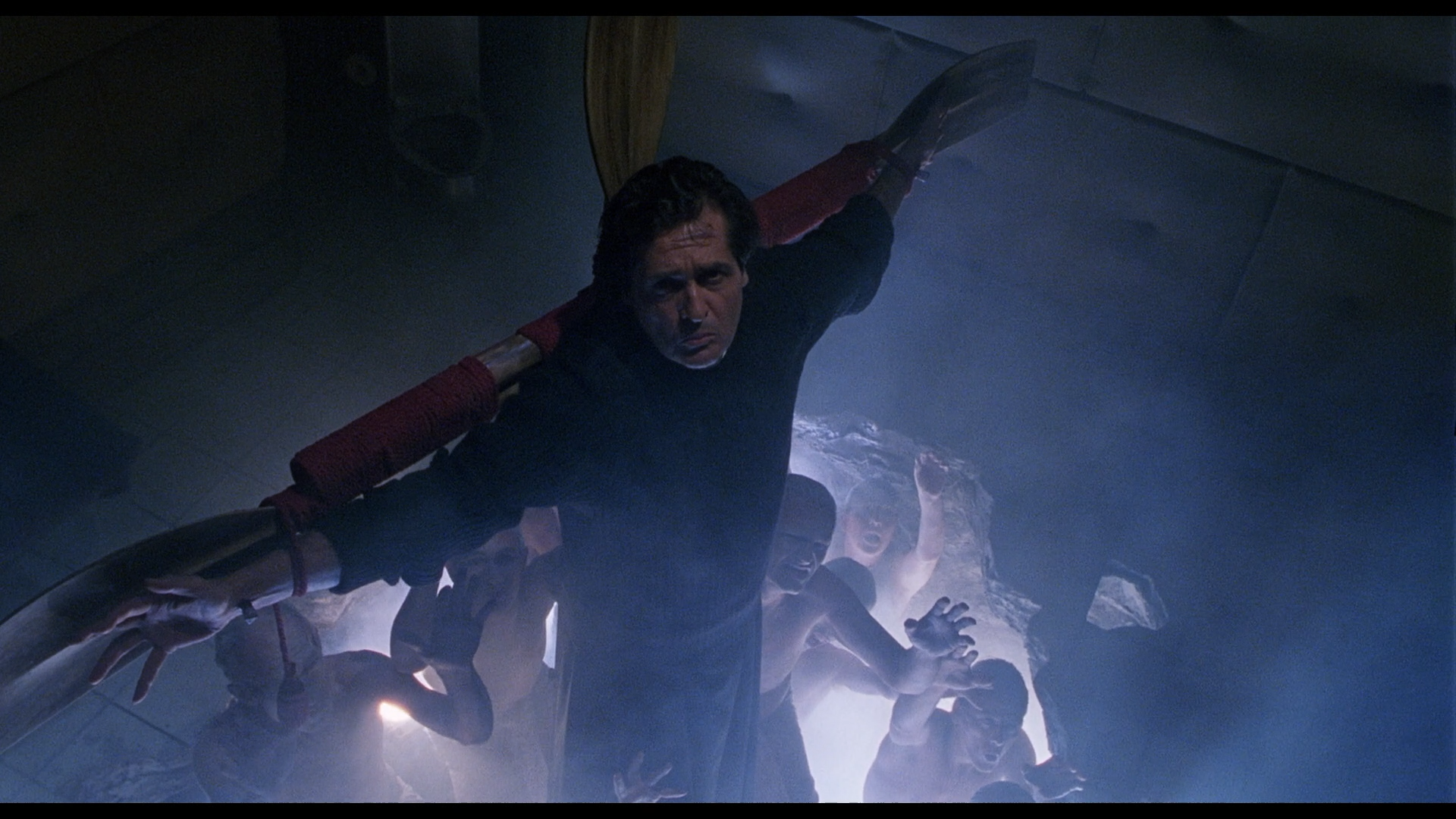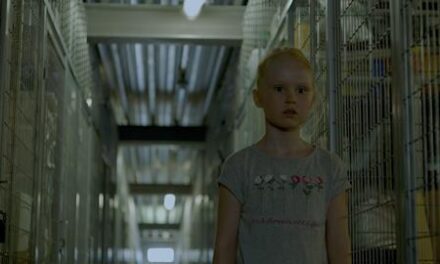When you’re an artist, you walk the line of being phoned in or, sometimes, tragically taken away before you can feel the levity of how your art changed people. On July 22, 2020, the VERZUZ battle featuring DMX and Snoop Dogg was a celebration fit for legends of their stature. DMX told old stories with friends and family around, performed his many hits, and watched as fans old and new showered him with appreciation. The life of the late Earl “DMX” Simmons was a quintessential example of yang and yin. His trademark fury that exploded through his art like emotional napalm was the same that got him into trouble. DMX: Don’t Try To Understand, a documentary directed by Christopher Frierson shows both the good and the bad within a year’s journey.
To know Simmons is to see him in all his complexities, triumphs, and falls. This documentary doesn’t strive to sugarcoat anything – it’s as raw and uncompromising as the man in front of the lens. Picking up on January 25, 2019, Simmons leaves prison after serving 12th months for felony tax evasion. When he meets up with manager Pat Gallo, it’s only a matter of time before his trademark passion arises within him. He discusses his impending Dark and Hell Is Hot anniversary tour and getting back into the studio. Once one of his songs plays in the car, Simmons is back to rapping with fury.
When the documentary goes back to Simmons’s hometown in Yonkers, we see the legendary figure, and the man personified. He finds home speaking to citizens who still live there and inside Maxwell’s Pub – just playing pool, eating a turkey sandwich, and dancing to oldies. There’s a particular part where Simmons goes to School Street, and he speaks to young people and listens to them rap. He tells them that he has to feel what he’s saying – one of the reasons why he was so great. With every lyric that left his lungs, you felt every syllable. Within the hour and 27-minute runtime, there are countless stories of how Simmons helped people feel like the impossible can happen. You see why he always returns to the city he grew up in. Warts and all, he is the physical embodiment that a Black man can reach unfathomable heights. Uncle Buckeye, a resident of Yonkers, states that he desires to see Simmons on the level of James Brown. But there’s a haunting statement that he says at the tail end, which comes up as a theme, “it took a long time to get there. don’t throw it away.”
Don’t Try To Understand doesn’t shy away from showing that Simmons’s life is full of places of stalled momentum. For every moment of success, there’s a caveat right behind it. Although he gets released from prison, he doesn’t he free. When he agrees to a new record deal with Def Jam upon his release, the money he gets has to be divided up to different people. The addiction struggles rear their ugly head as he has a relapse on tour. Many moments are shown with his youngest son, Exodus, where he says that he can watch him play for hours. At first, this contrasts the relationship of his older son, Xavier. (also chronicled in the 2013 Iyanla: Fix My Life episode) Not only was there a cost of fame for DMX, but his stardom swallowed up the people closest to him.
Given the sudden ending to his life, the reconnection with his first wife, Tashera, and Xavier towards the end feels heartwarming. Parts of Don’t Try To Understand eerily feel like you are walking alongside him, retracing his steps as last rites. Going back to Andrus Orchard School, where Simmons lived during the cycle of abuse he endured while staying with his mother, he felt he needed to give the children words of wisdom. Even though he was going through his issues, Simmons always provided words of encouragement to someone else. The human part of DMX is just as important to note as the records he broke, having two platinum albums on the chart simultaneously or five consecutive number-one albums on the Billboard charts.
A reoccurring principle that Simmons says throughout Don’t Try To Understand is if he didn’t go through all the painful things in his life, he wouldn’t have known how strong he was. Specifically, at a concert, “if you don’t fall down, then God can’t pick you back up. A Yonkers resident echoes this sentiment’s no downhill, cause you bounce back.” But you can’t help to think to yourself if there was just an easier way. After watching Don’t Try To Understand, you’ll want peace for him. The peace showed in the last part of the documentary while Simmons sings along to Gladys Knight’s cover of “The Way We Were.”
Memories, may be beautiful and yet
What’s too painful to remember
We simply choose to forget
So it’s the laughter
We will remember
Frierson doesn’t elect to show just the joyful parts, much like Simmons did. There’s more to a man than just the times when he’s on top of the world. Like his 1998 song, “Slippin” would say, Simmons never sought to stay down for too long. He was an open door, but in times guarded. Passionate, but at points, the heat scored his skin. A staple of culture and music forever, but not perfect. None of us are. Earl Simmons’s life is a pillar for Black men to know that we will still love them even through the sways and shards of life.
Photo Credit:HBO Max













